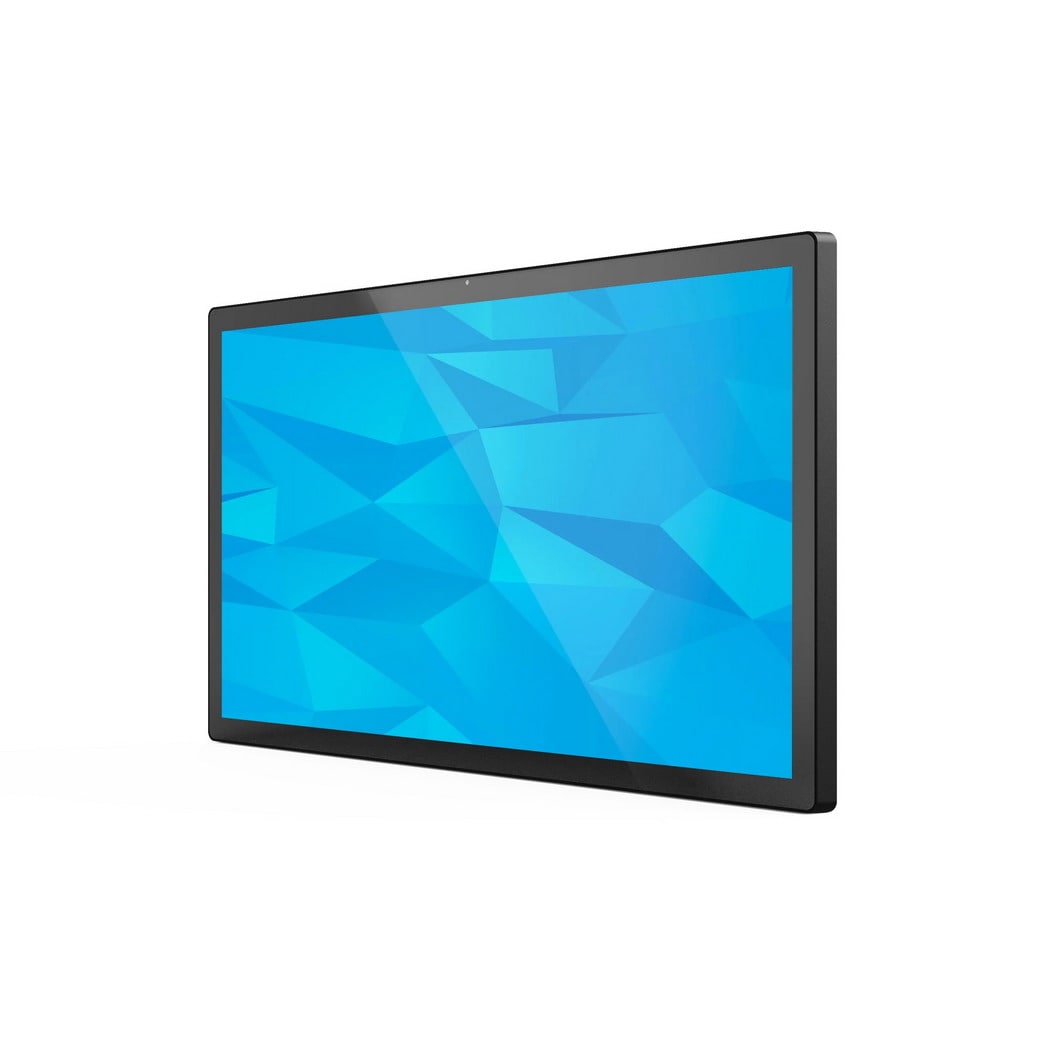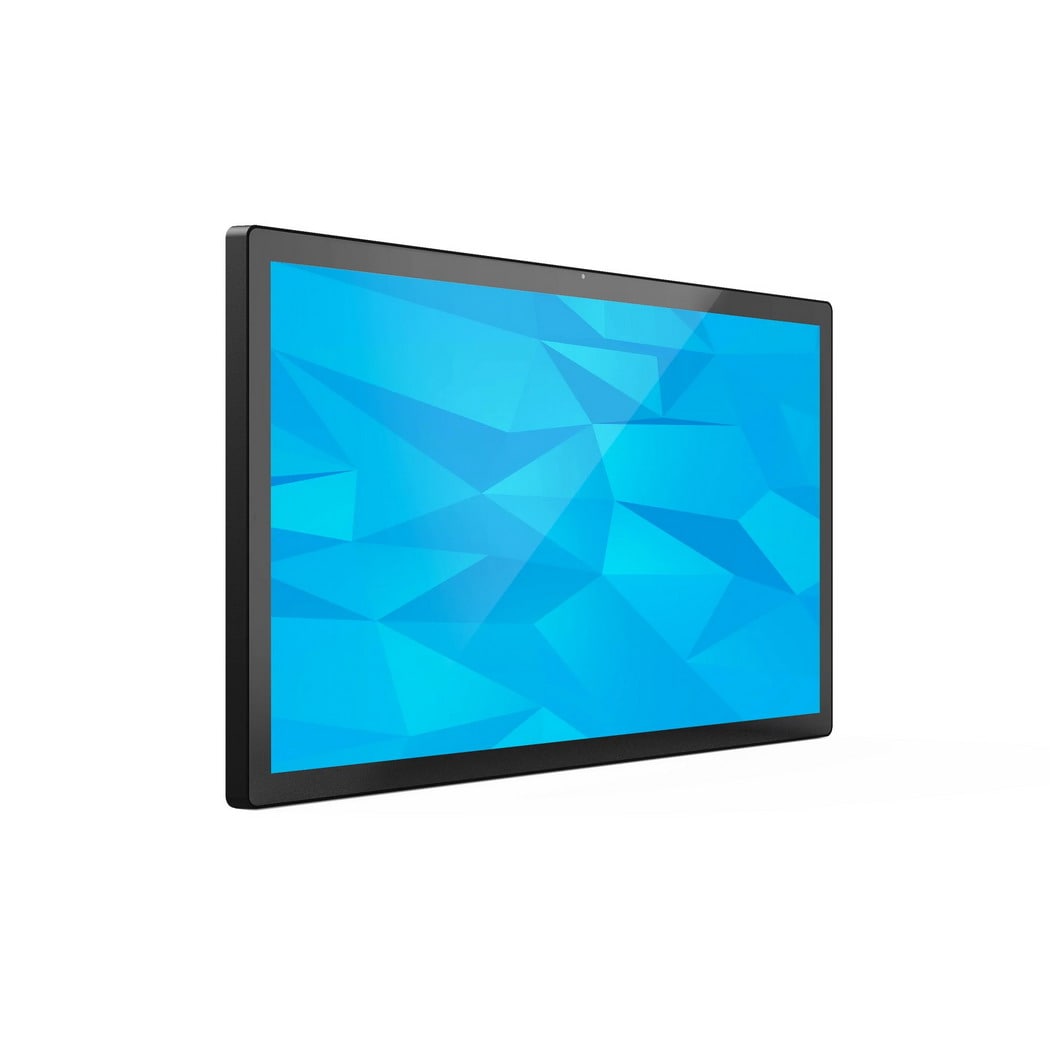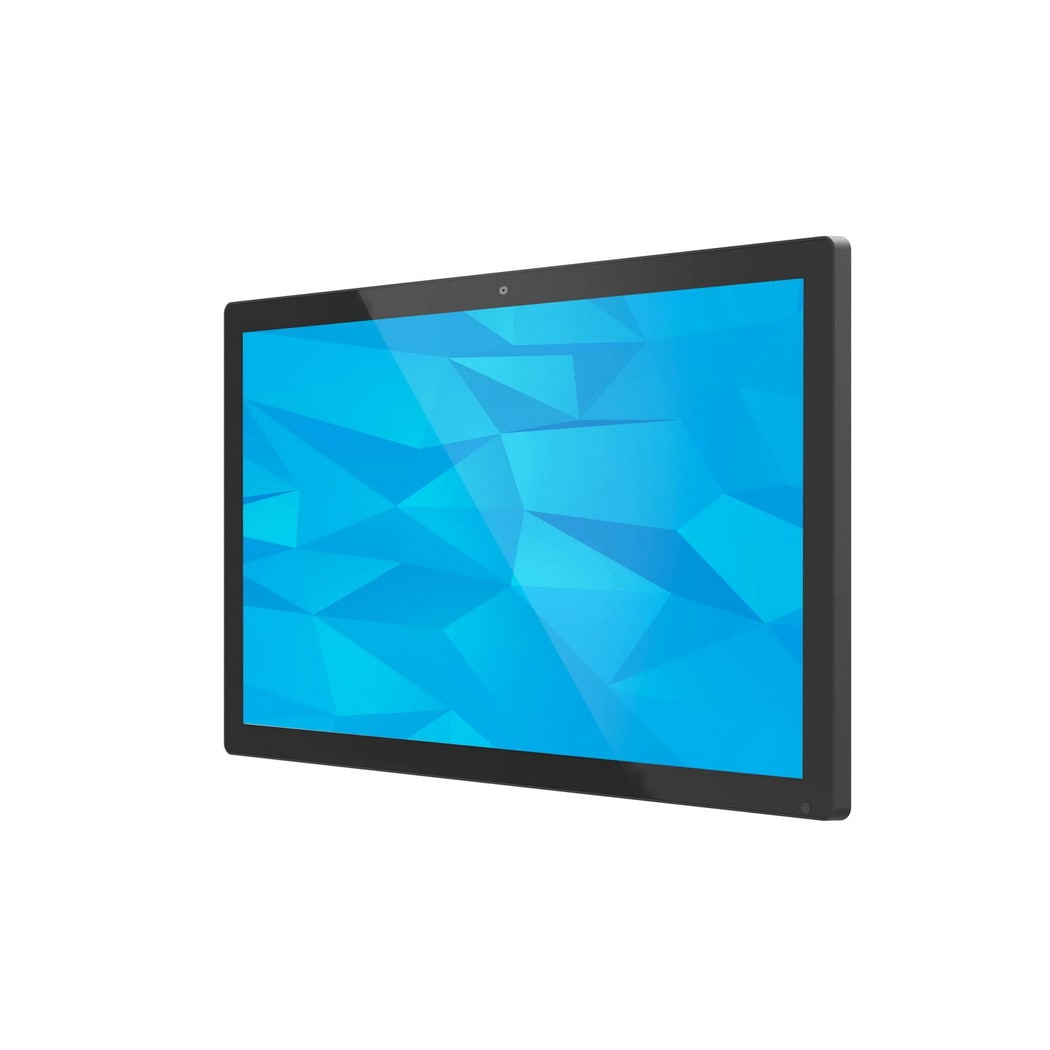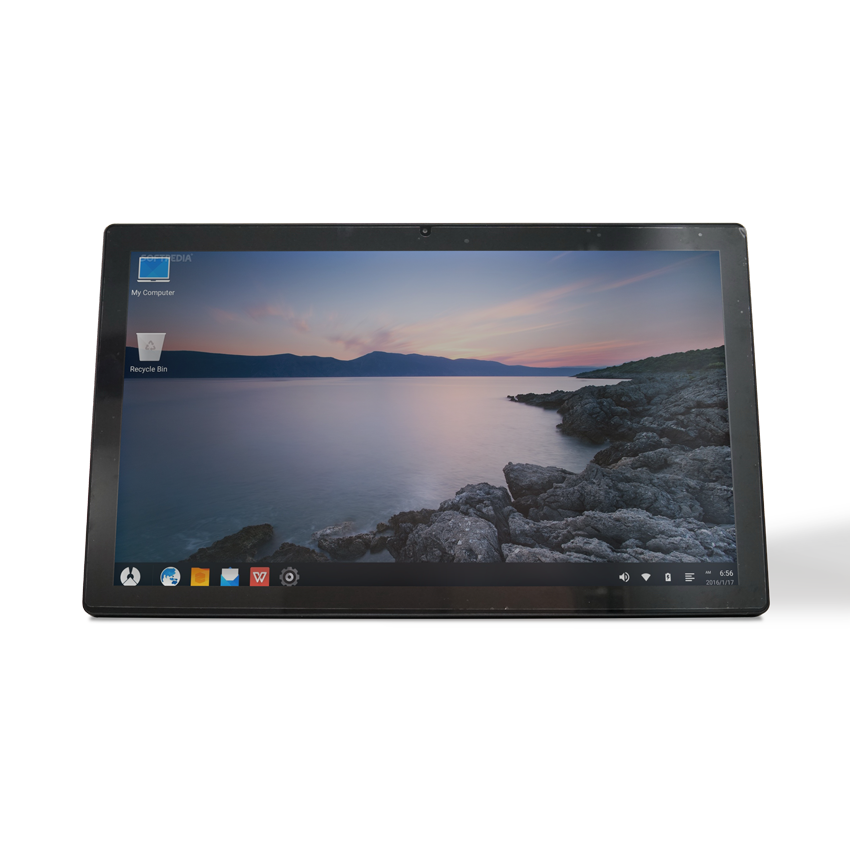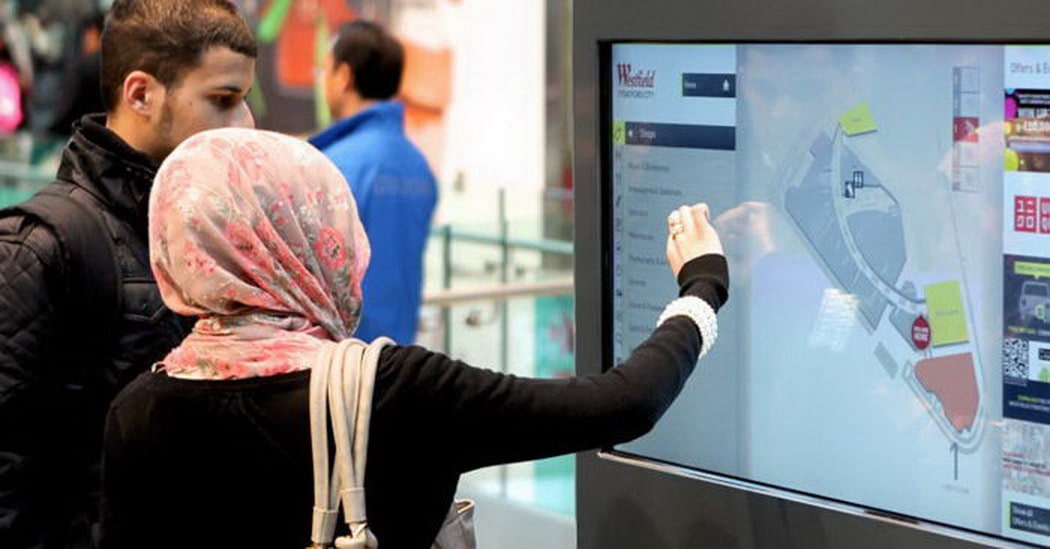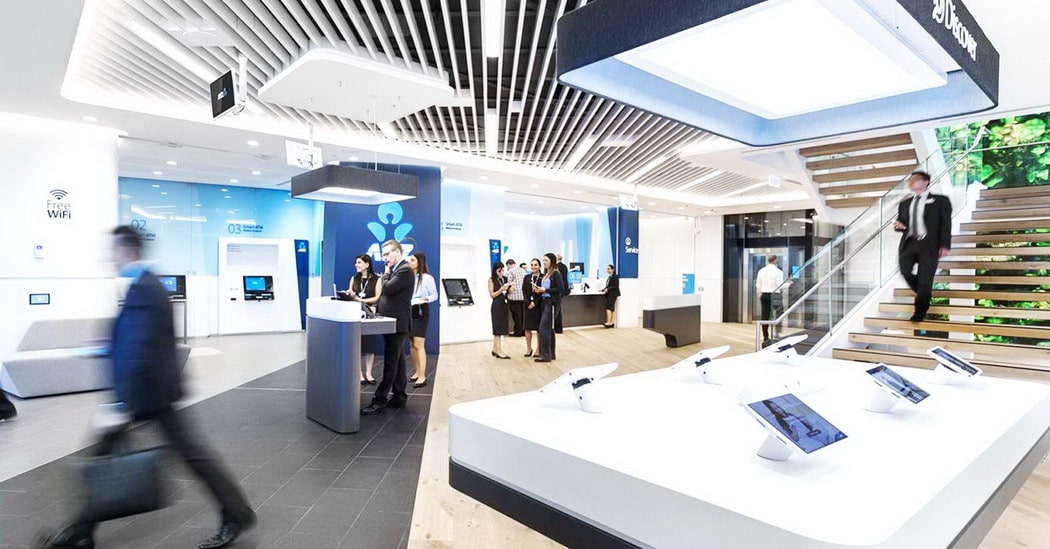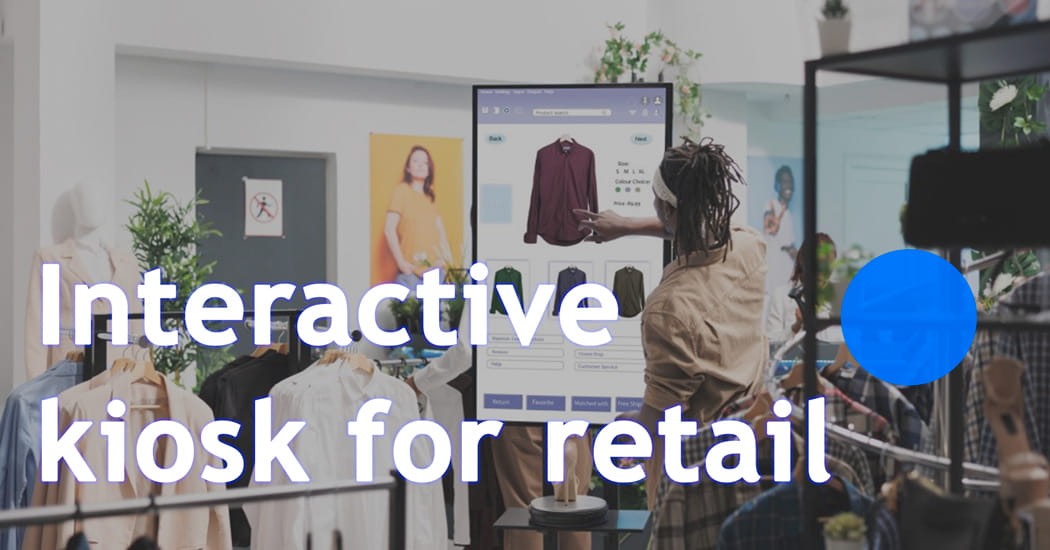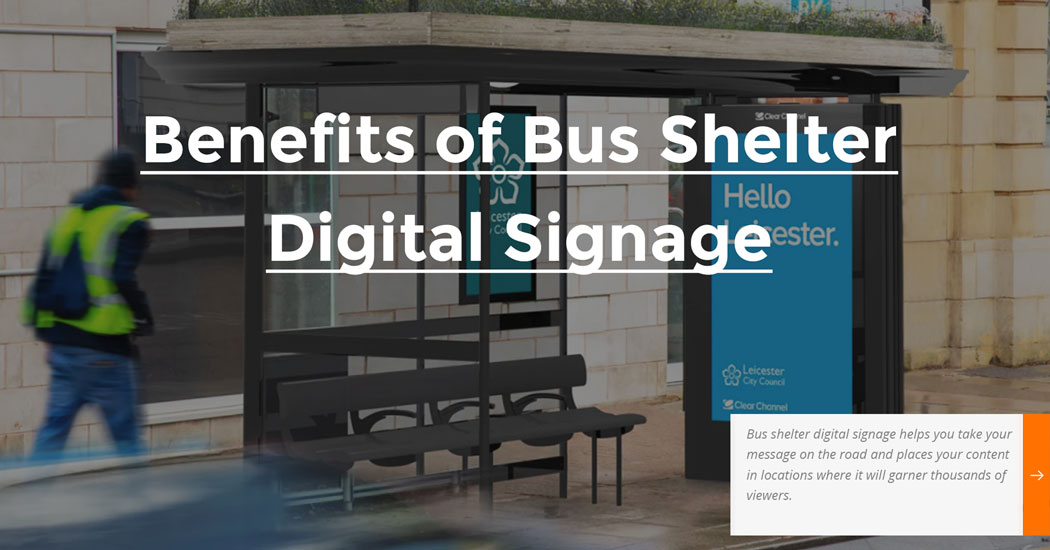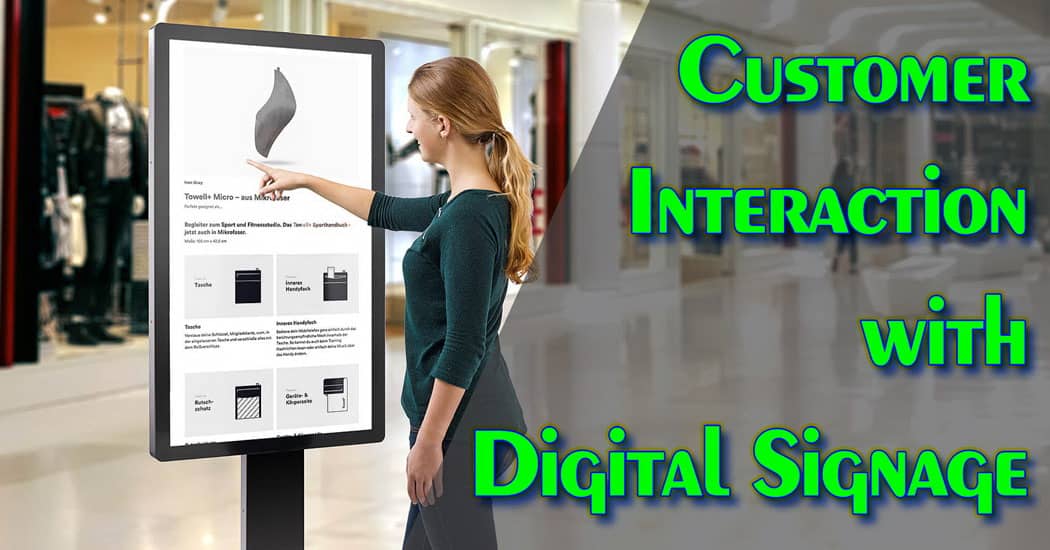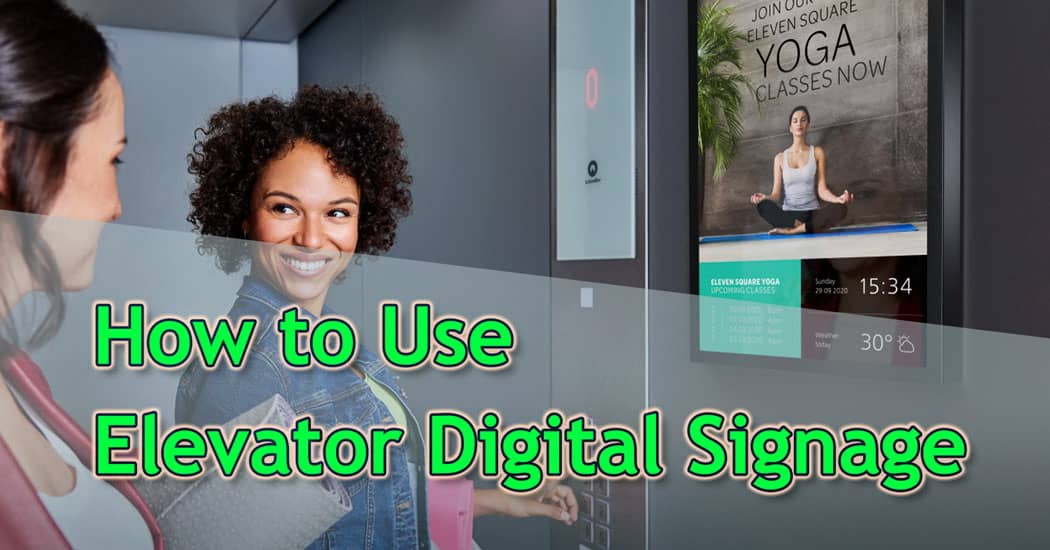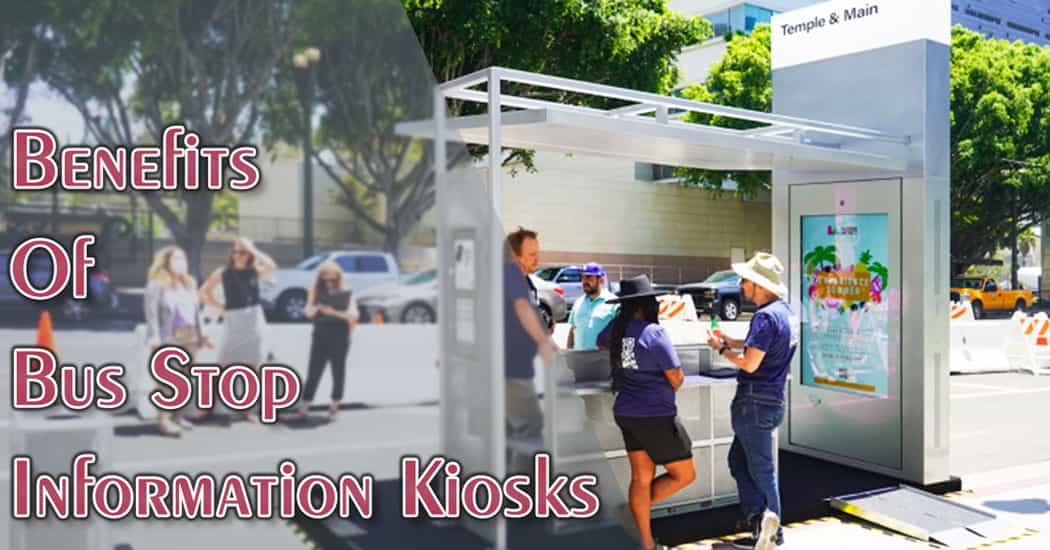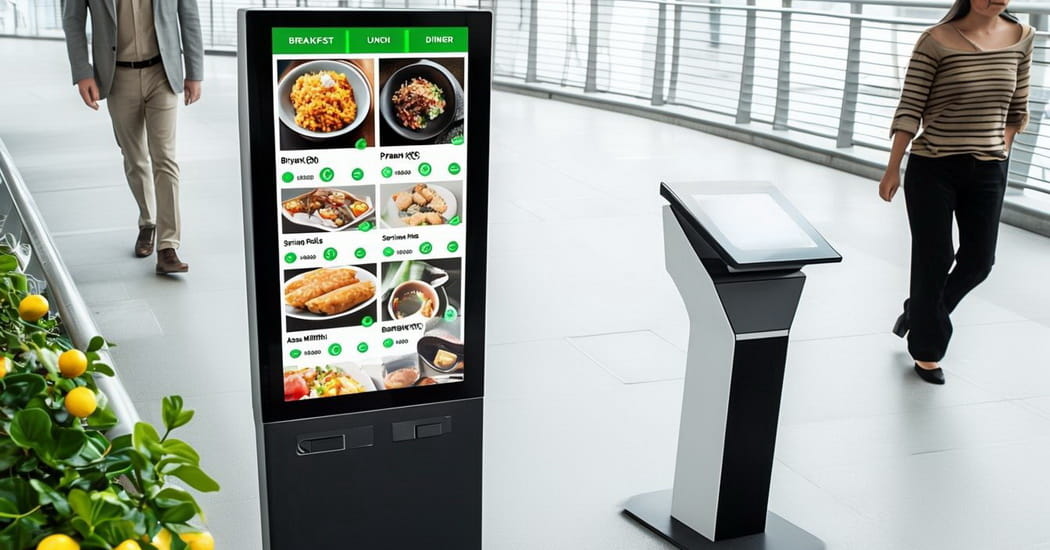
How Wayfinding Digital Kiosks Assist Visitors?
Struggling with poor signage? Wayfinding digital kiosks offer interactive maps, multi-language support, and AR navigation to streamline movement. Learn how these kiosks enhance accessibility and operational efficiency.
In today’s fast-paced world, navigating large and complex environments–such as hospitals, airports, shopping malls, and corporate campuses–can be overwhelming for visitors. Wayfinding digital kiosks have emerged as essential tools to guide users efficiently, reducing confusion and enhancing the overall visitor experience.
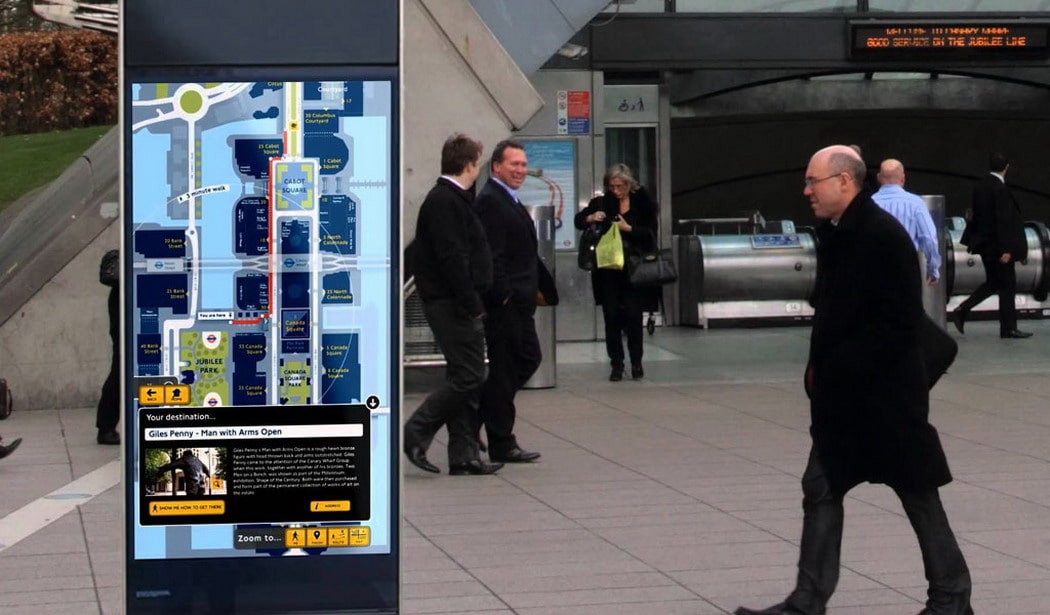
These interactive self-service terminals provide real-time directions, maps, and location-based information, ensuring seamless navigation. This article explores the key advantages of wayfinding digital kiosks and their diverse applications across different industries.
Advantages of Wayfinding Digital Kiosks
1. Enhanced Navigation & Reduced Confusion
One of the primary benefits of wayfinding digital kiosks is their ability to simplify navigation in complex spaces. Traditional signage can be static and difficult to follow, especially in large venues with multiple floors or interconnected buildings. Digital kiosks solve this problem by offering:
- Interactive touch screen kiosk that allow users to search for destinations and receive step-by-step directions.
- Real-time updates that adjust routes based on temporary closures, construction, or event changes.
- Multi-language support, making them accessible to international visitors.
2. Improved Visitor Experience & Accessibility
A positive visitor experience is crucial in public and commercial spaces. Wayfinding digital kiosks contribute by:
- Reducing stress and frustration by providing instant access to key locations (e.g., restrooms, exits, elevators).
- Supporting accessibility with features like voice guidance, high-contrast displays, and wheelchair-friendly heights.
- Offering QR code integration, allowing users to send directions to their smartphones for on-the-go navigation.
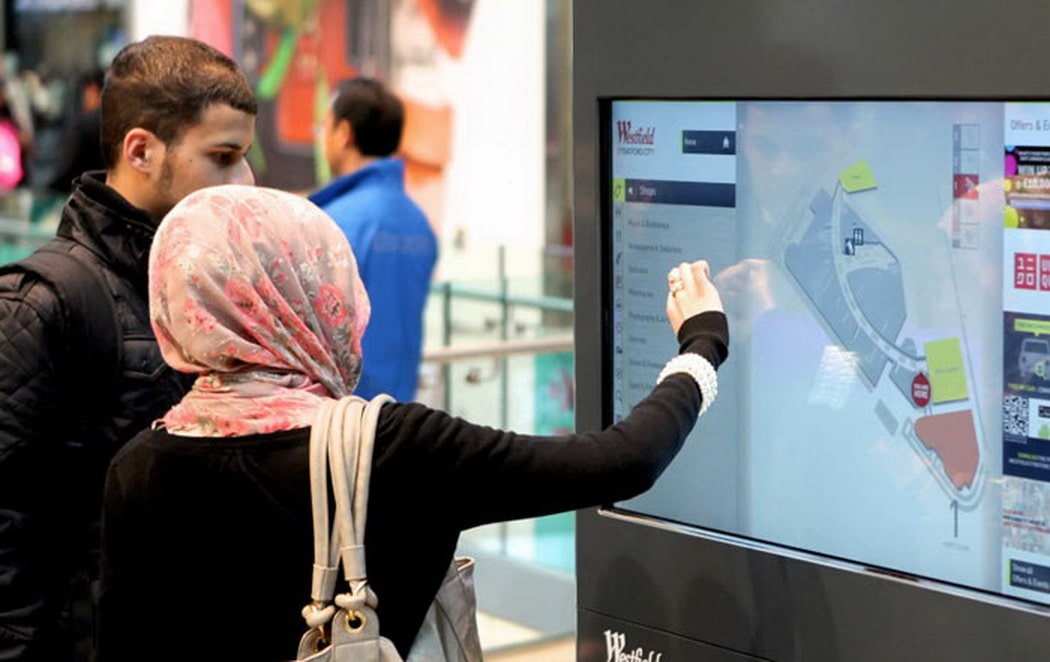
3. Operational Efficiency & Cost Savings
Businesses and institutions benefit from wayfinding digital kiosks by:
- Reducing the workload on staff (e.g., information desks, receptionists) by handling common navigation queries.
- Collecting analytics on frequently searched locations, helping optimize facility layouts and improve crowd management.
- Lowering printing costs associated with traditional paper maps and static signage.
4. Integration with Smart Technologies
Modern wayfinding digital kiosks can be integrated with advanced technologies to enhance functionality:
- Augmented Reality (AR) Navigation – Some kiosks sync with mobile apps to overlay directional arrows in real-world views.
- IoT (Internet of Things) Connectivity – Kiosks can communicate with smart building systems to provide dynamic updates (e.g., room availability, elevator wait times).
- AI digital signage – Future kiosks may suggest routes based on user behavior (e.g., frequent shoppers, patients with recurring appointments).
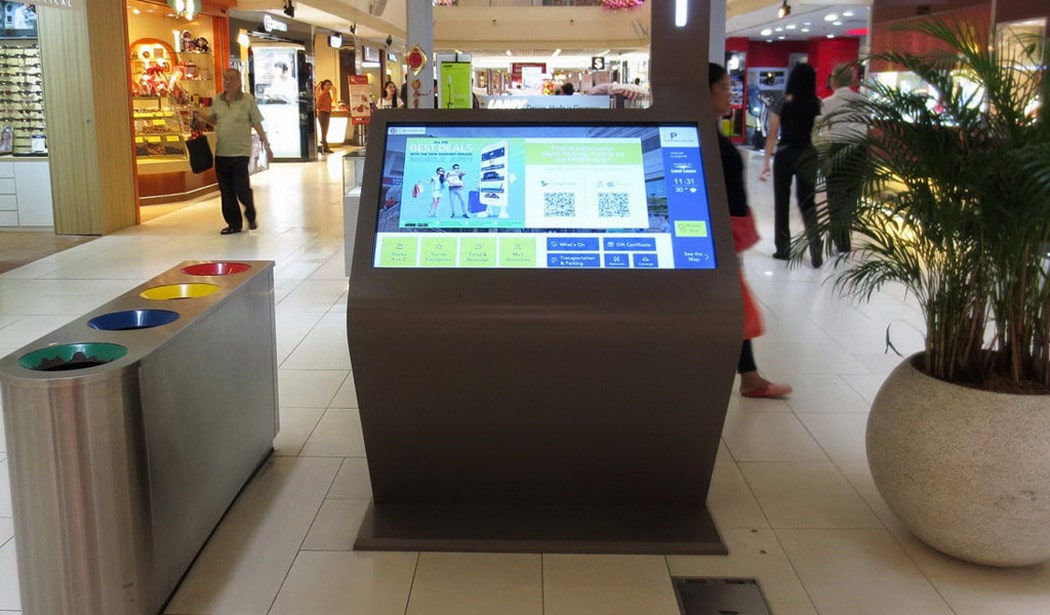
Key Use Cases of Wayfinding Digital Kiosks
1. Healthcare Facilities
Hospitals and clinics are often difficult to navigate, leading to patient frustration and delays. Wayfinding digital kiosks help by:
- Directing patients to clinics, labs, pharmacies, and emergency departments.
- Providing estimated wait times and appointment reminders.
- Supporting accessibility for elderly or disabled visitors.
2. Airports & Transportation Hubs
Airports, train stations, and bus terminals benefit from wayfinding digital kiosks by:
- Displaying real-time gate changes, baggage claim information, and transport links.
- Offering multilingual support for international travelers.
- Guiding passengers to lounges, rest areas, and retail stores.
3. Retail & Shopping Malls
Shoppers often struggle to locate stores, promotions, or amenities in large malls. Digital kiosks assist by:
- Providing store directories and promotional offers.
- Suggesting optimal routes based on shopping preferences.
- Integrating with loyalty programs for personalized recommendations.
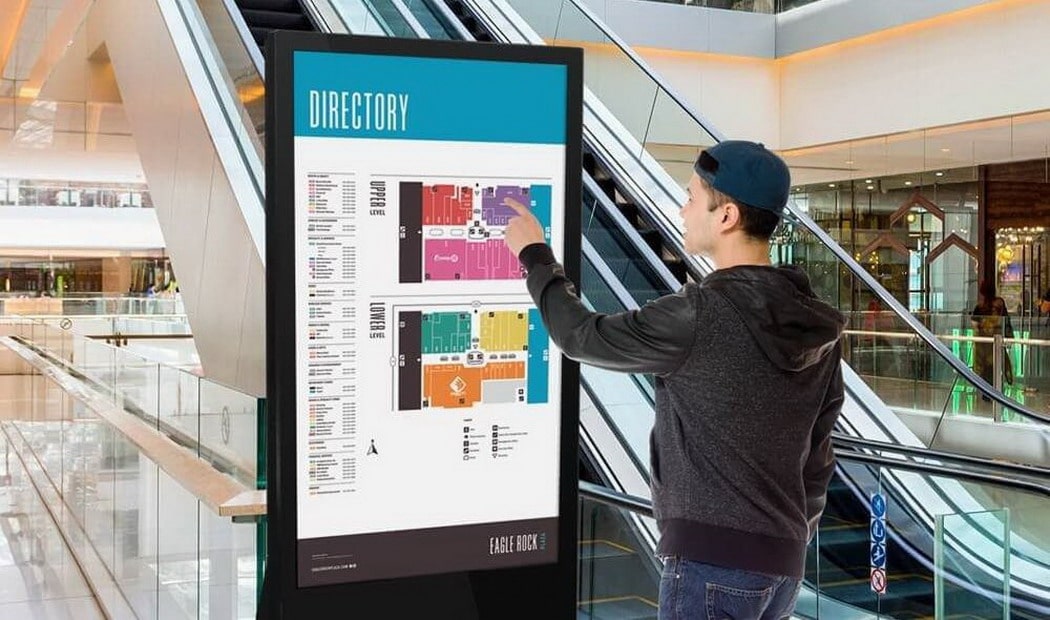
4. Corporate Campuses & Universities
Large office complexes and university campuses use wayfinding digital kiosks to:
- Guide visitors to meeting rooms, departments, or lecture halls.
- Display event schedules and campus news.
- Help new students and employees navigate unfamiliar environments.
5. Museums & Exhibition Centers
Cultural and entertainment venues enhance guest experiences with wayfinding digital kiosks by:
- Offering interactive exhibit maps and guided tour options.
- Providing information on events, workshops, and amenities.
- Supporting augmented reality (AR) features for immersive navigation.
Conclusion
Wayfinding digital kiosks have revolutionized how visitors interact with complex environments, offering a seamless, efficient, and user-friendly navigation experience. From healthcare and transportation to retail and education, these kiosks enhance accessibility, reduce operational inefficiencies, and improve overall satisfaction. As smart technologies continue to advance, wayfinding digital kiosks will play an even greater role in shaping the future of visitor navigation.
- Improved Navigation – Provides interactive maps and real-time updates to guide visitors efficiently.
- Reduced Staff Dependency – Minimizes repetitive queries at information desks.
- Accessibility Support – Offers multilingual options, voice guidance, and ADA-compliant designs.
- Cost Savings – Reduces the need for printed maps and static signage.
- Smart Integrations – Can connect with IoT, AR, and mobile apps for seamless wayfinding.
Closely related post:
Latest updated post:
Latest products:


